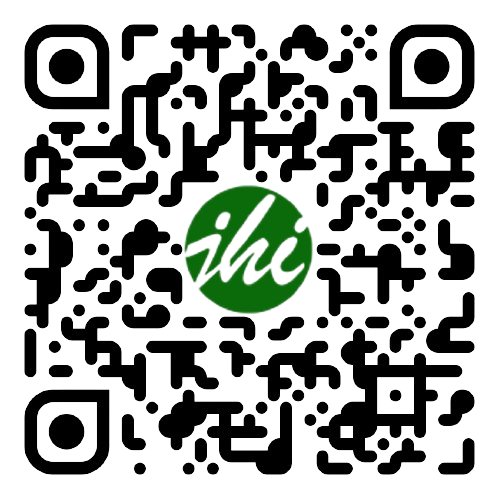Mediasi dalam Itsbat Nikah Kontensius di Mahkamah Syar’iyyah Aceh Tengah
DOI:
https://doi.org/10.28918/jhi.v18i2.2615Abstract
An assignment of marriage is obligatory for couples married without the registration of legal marriage for the guaranteed certainty of law. This study aims to determine the number of cases of intermarriage in Kabul at the Central Aceh Syar'iyyah Court, the implementation of contingent marriage licenses, and the position of mediation on the marriage certificate. This juridical empirical research uses a qualitative approach with six judges as informants. Data collection techniques using interviews and documentation. The results showed the number of cases of marriage with the Syar'iyyah Court of Central Aceh in the last six years was 2,117 cases with details of 1,969 volunteer cases and 148 cases of contingency. The implementation of itsbat contingent marriage at the Syar'iyyah Court has met the standard regulations, but there are only petitioners and defendants by children or husband/wife, and there are no disputes involving other parties so that it cannot be categorized as fully contingent. The position of mediation in itsbat contingent marriage at the Central Aceh Syar'iyyah Court was not implemented because there were no disputes and did not involve other parties. Therefore, PERMA No. 1 of 2016 should be reviewed, which requires mediation in contingent cases.
Downloads
Published
How to Cite
Issue
Section
License

This work is licensed under a Creative Commons Attribution-ShareAlike 4.0 International License.
Jurnal Hukum Islam use a variety of waivers and licenses that are specifically designed for and appropriate for the treatment of data:
- Open Data Commons Attribution License, http://www.opendatacommons.org/licenses/by/1.0/(default)
- Creative Commons CC-Zero Waiver, http://creativecommons.org/publicdomain/zero/1.0/
- Open Data Commons Public Domain Dedication and License, http://www.opendatacommons.org/licenses/pddl/1-0/
Other data publishing licenses may be allowed as exceptions (subject to approval by the editor on a case-by-case basis) and should be justified with a written statement from the author, which will be published with the article.













.png)














